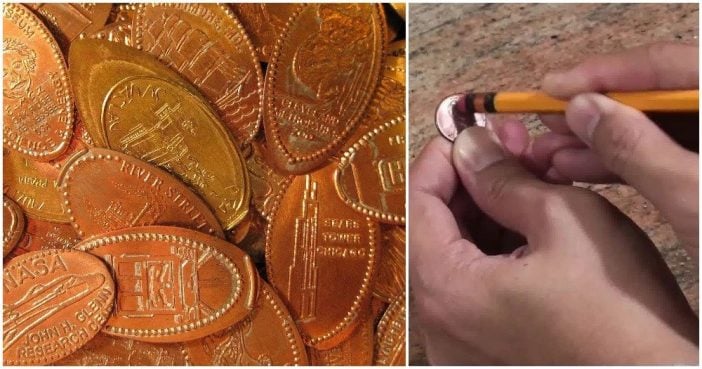
8. Pressed pennies are classified as “exonumia”

Exonumia – in case you’re wondering – are objects that look like money but aren’t circulated as such. So pressed pennies fall very specifically under that definition: you shouldn’t try to pass them off as actual coins, but they definitely bear a strong resemblance to them.
9. Pressed pennies are classified as “exonumia”
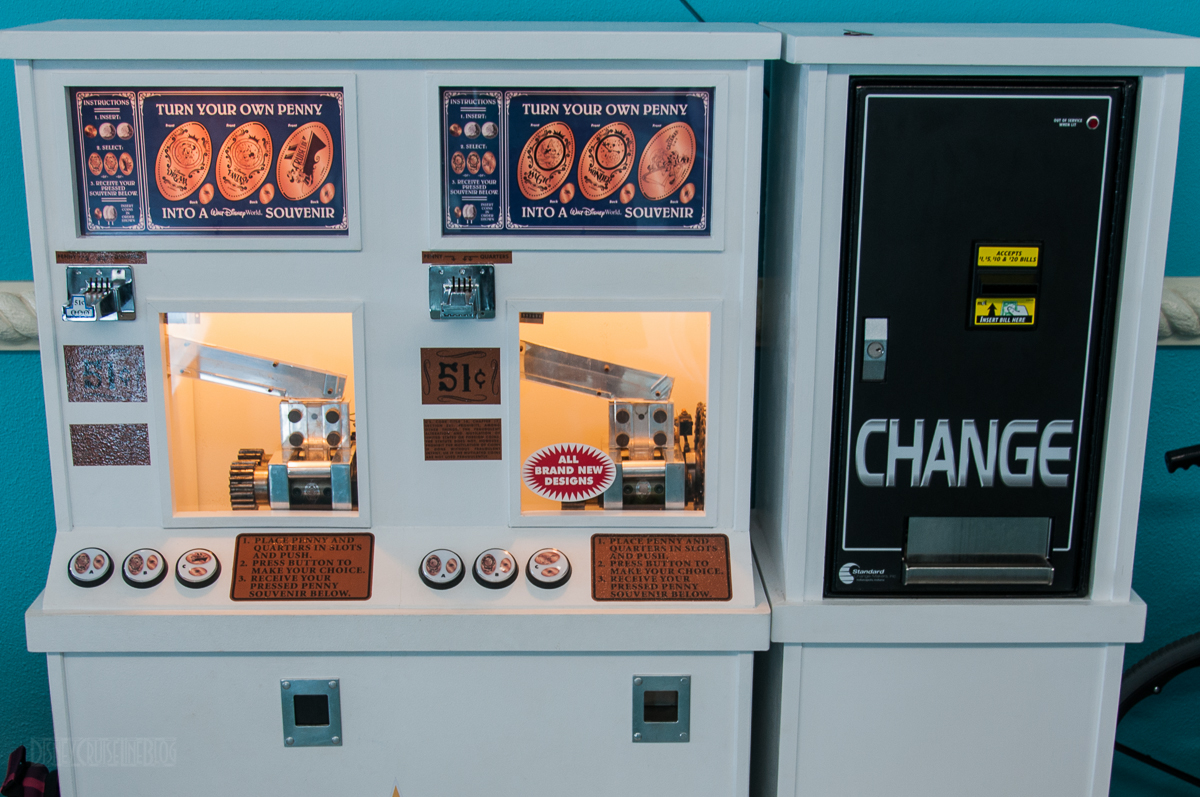
Exonumia – in case you’re wondering – are objects that look like money but aren’t circulated as such. So pressed pennies fall very specifically under that definition: you shouldn’t try to pass them off as actual coins, but they definitely bear a strong resemblance to them.
10. Disneyland parks get collectors really animated

Theme parks are always a great hotspot for pressed penny machines, and Disneyland is no exception. Each park contains a total of 40 different machines, each with three different designs. That’s a lot of collecting to do – and you’ll have to hunt high and low and spend a pretty penny to seek them all out.
11. A collector documented his travels to find new variants
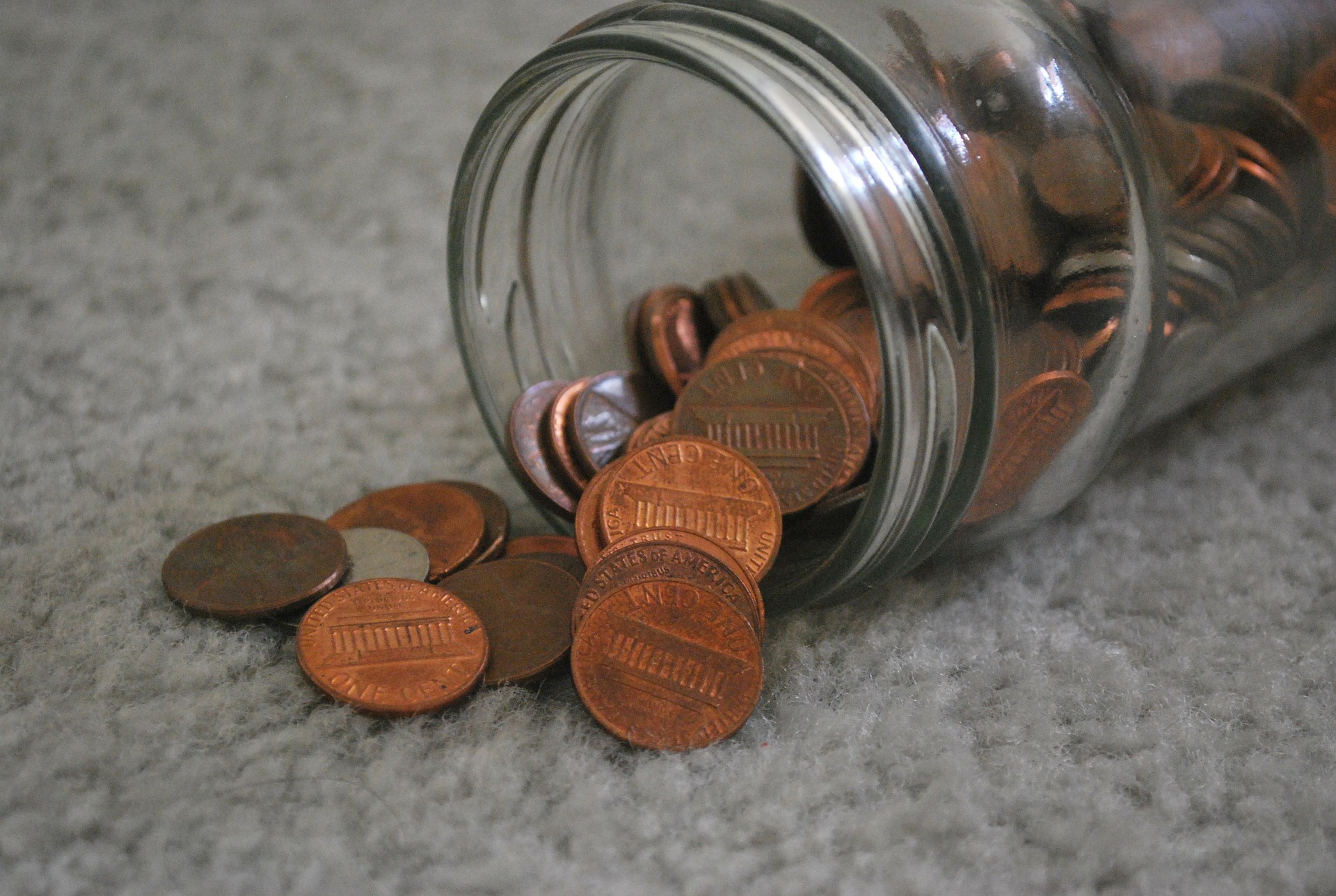
Matt Masich is a self-described “elongate collector,” and he takes his hobby seriously. He’s even traveled around the state of Colorado just to search for pressed penny variants. Masich documented his journey in a 2013 article for Colorado Life Magazine, revealing in the process that he had dubbed the trip “The Penny Quest.”
12. Pre-1982 pennies are the best to press

And there’s a scientific reason for it, too. Cents – or pennies – made before 1982 are made of pure copper and when pressed remain the same color. Modern versions, however, are actually made from copper-plated zinc, and when pressed these coins show silver-colored streaks through the copper plating.
13. Collectors tend to specialize
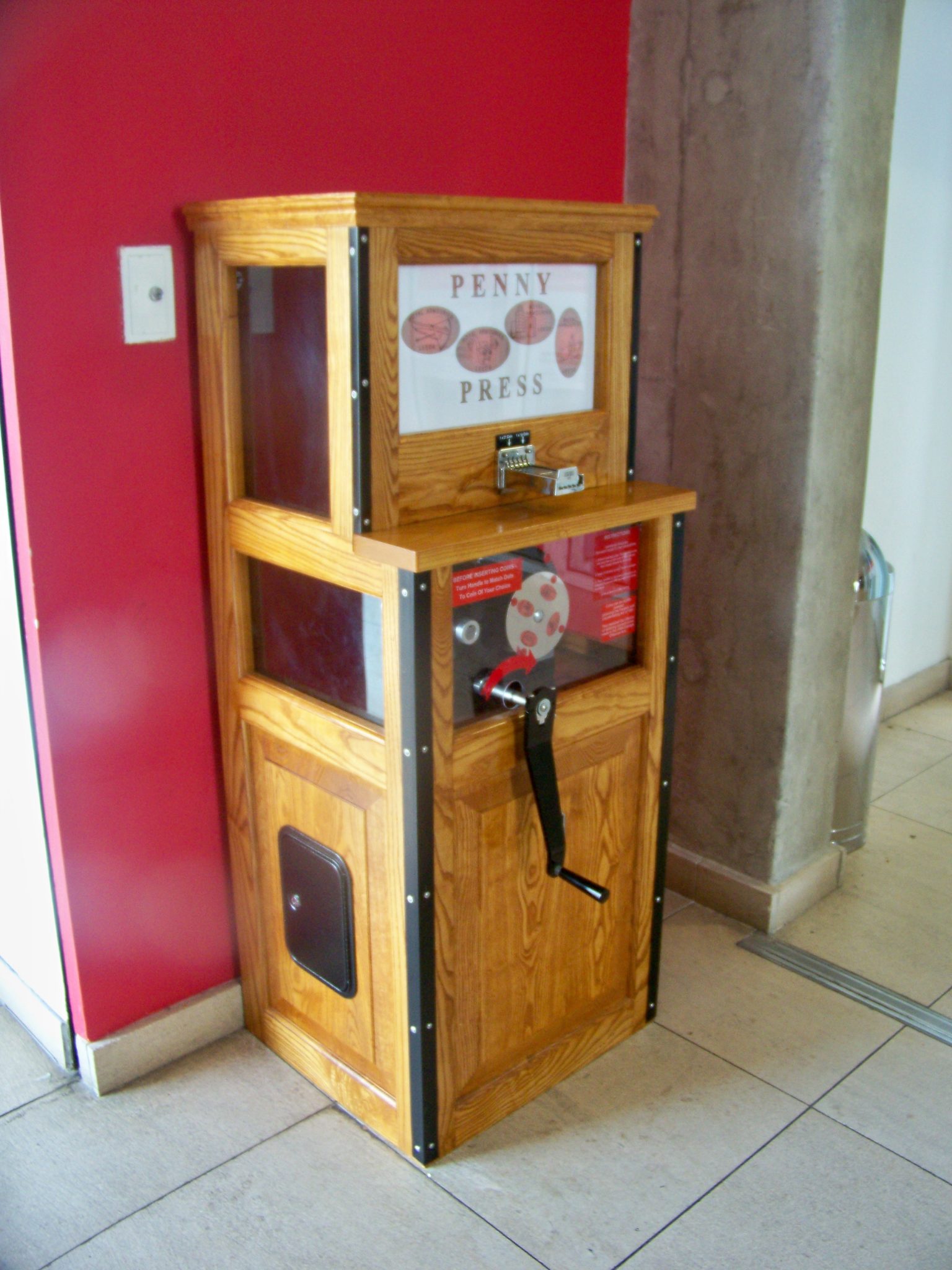
With so many pressed pennies available, there’s pretty much no way to get your hands on every single one unless you started collecting decades ago. As a consequence, those new to the hobby usually specialize in certain subjects, such as certain expos or perhaps space-related or political coins. Others may spend their time trying to collect every coin from a particular type of machine.
14. There was no interest paid in pressed pennies for 16 years
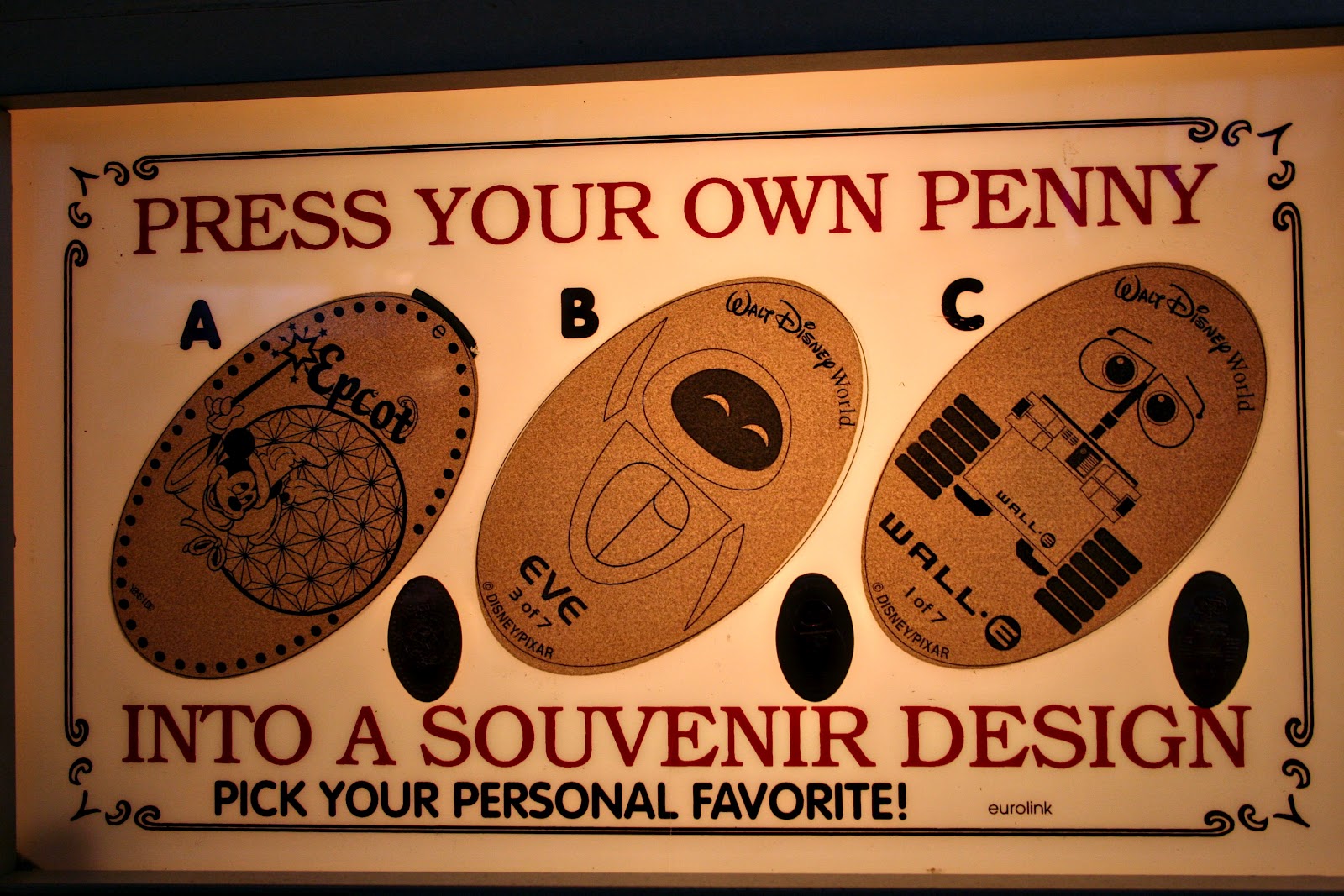
After the first pressed pennies were introduced in 1892, interest boomed for a couple of decades. In 1916, though, the number of pennies being rolled suddenly dropped off – and it stayed that way for another 16 years. The exact reason for this lull is still unknown to this day; perhaps people needed a change.
15. Collectors take a shine to their stash
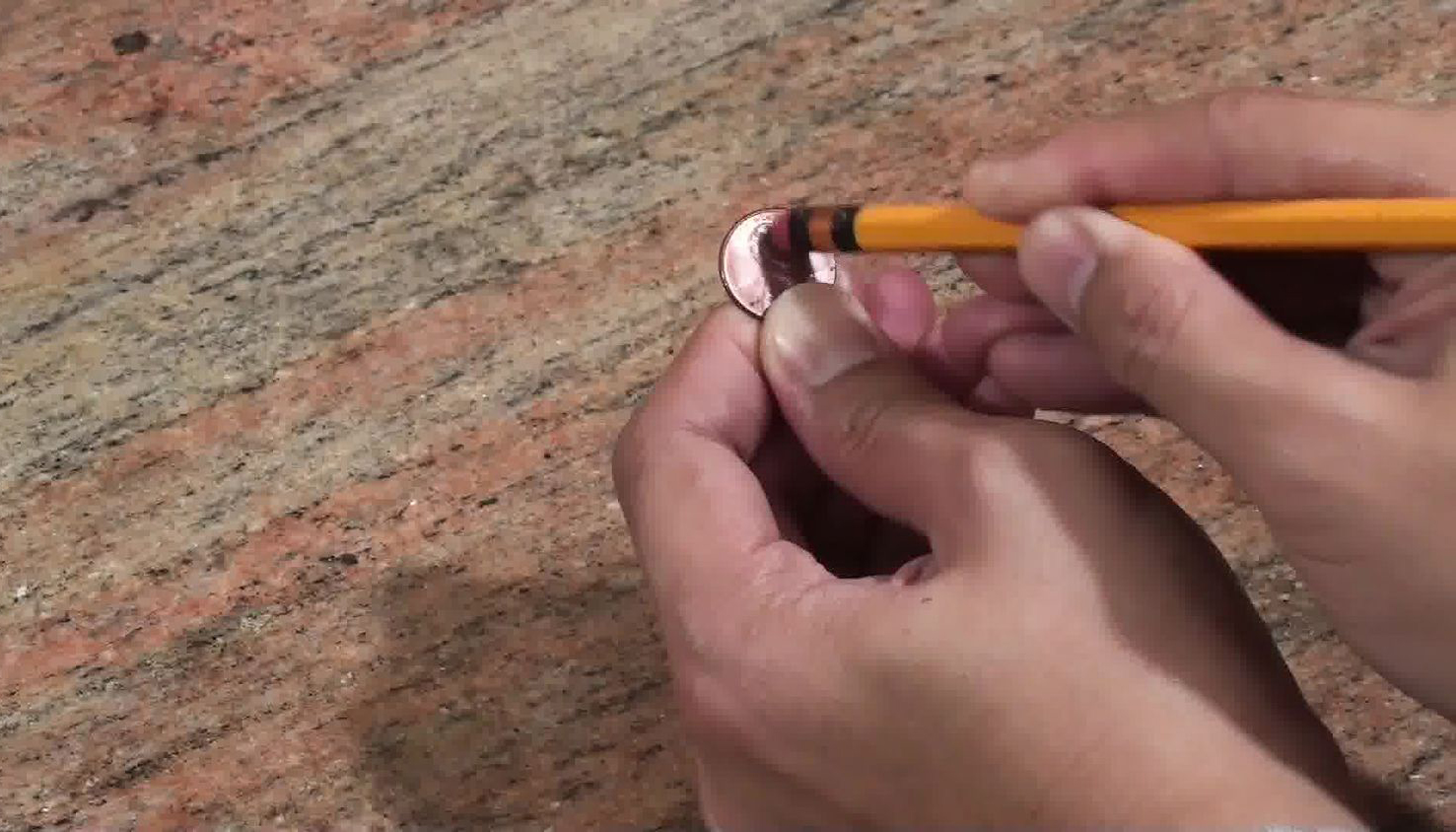
Like many collectible items, pressed pennies are prone to weathering over time. As a result, enthusiasts have devised various methods for brightening and cleaning up their stash – from using a simple pencil eraser to covering their coins in an unusual combination of ketchup and baking soda.
16. There’s a special significance to those letters
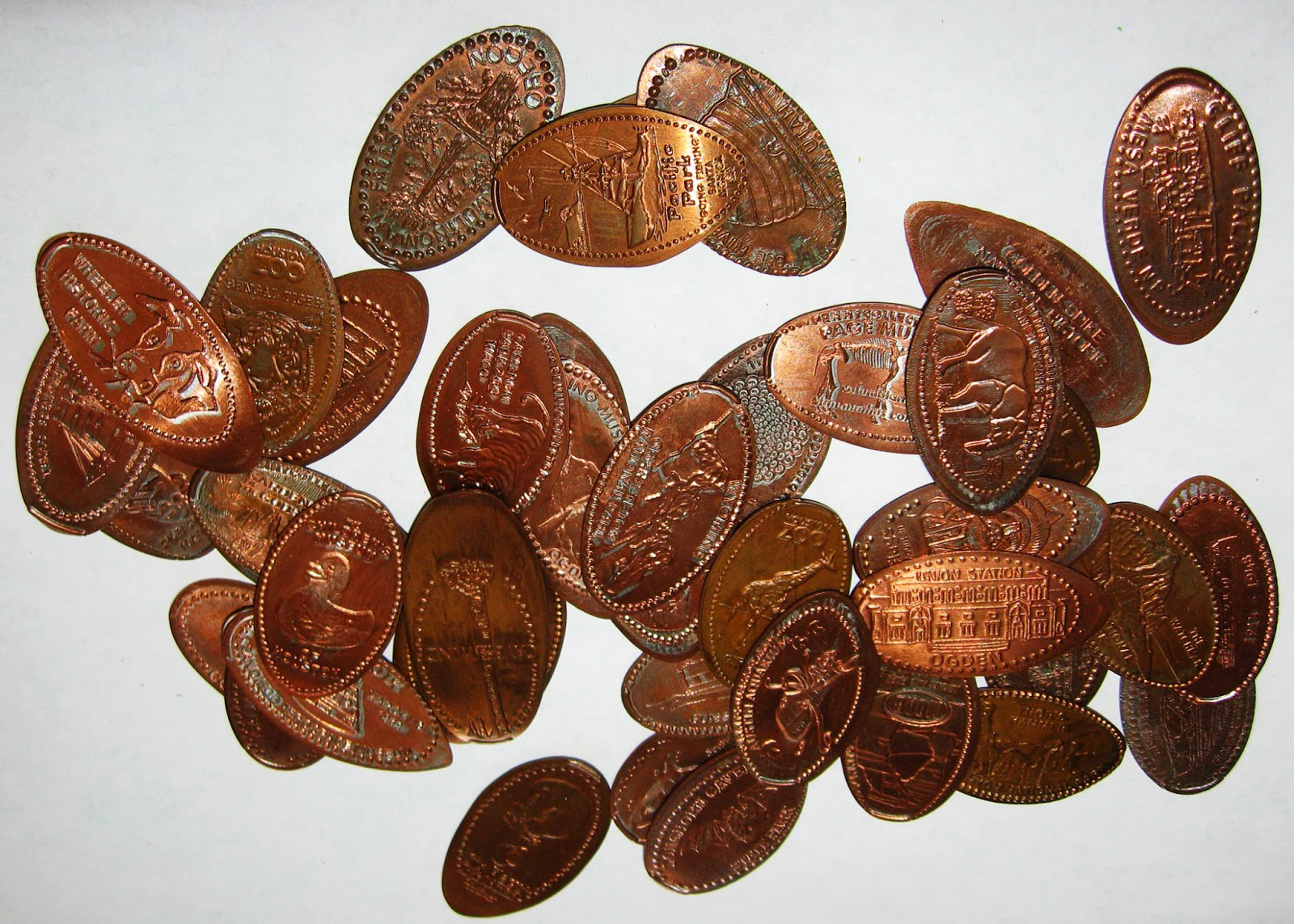
If you’ve ever looked closely at a pressed penny, you’ll probably have noticed the letters engraved into one end and wondered what they mean. They actually signify either the coin’s designer, engraver or roller. Collectors have even established reference lists of known initials, so you can look up who was involved in the production of your souvenir penny.
17. There are many ways to save your pennies
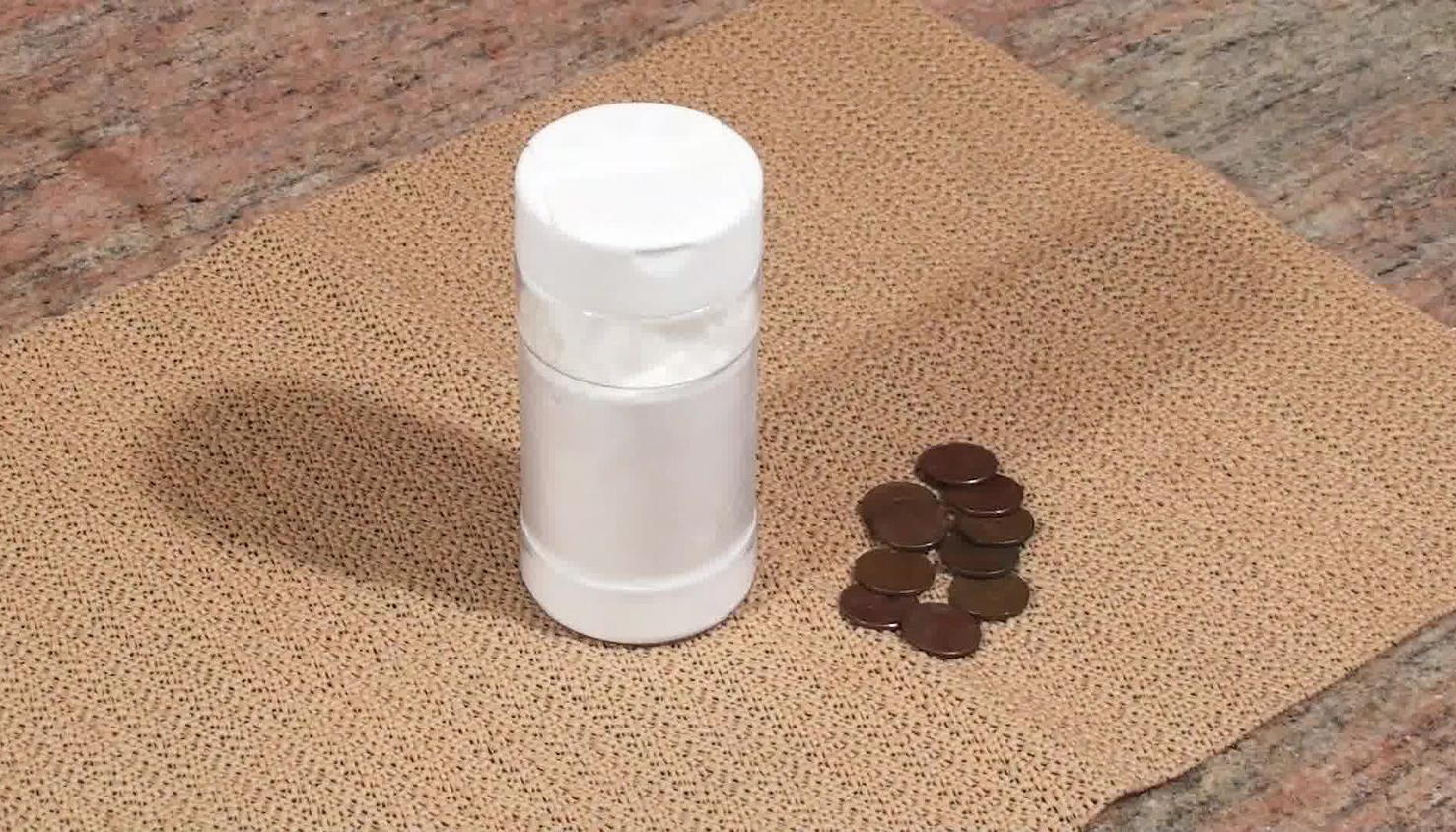
Everything from prescription pill bottles and film canisters to gum containers and candy tubes have been used to host a pressed penny collection, with many such possible storage solutions listed on the Penny Collector website. And while anyone with a sizeable number of coins may have to get through a lot of candy as a result, they’ll at least have a more novel way to display them than by simply keeping them in a book.
18. Pressed penny collectors come together
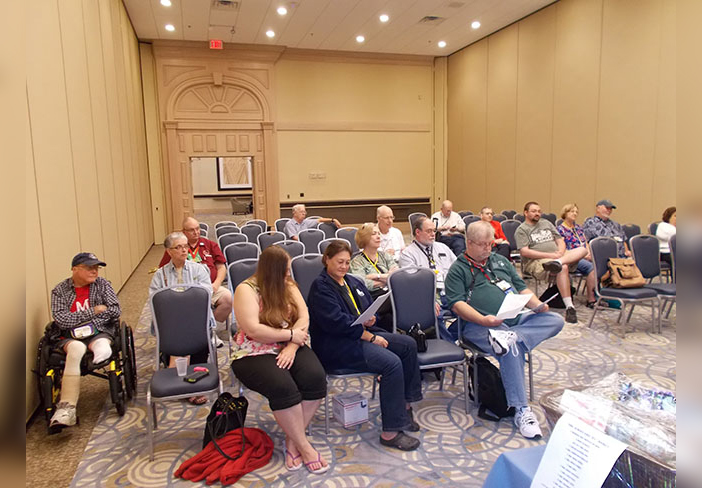
Perhaps the single biggest organization of pressed penny enthusiasts is The Elongated Collectors, which was first founded in 1966. Since then, however, the non-profit community has swelled to include more than 650 participants located all over the world. The organization has an annual meeting in the U.S., but members in other countries also take part in “mini-meets” to discuss their collections and swap any spare change.
Credits: Guilty Fix
Share this story on Facebook with your friends.
